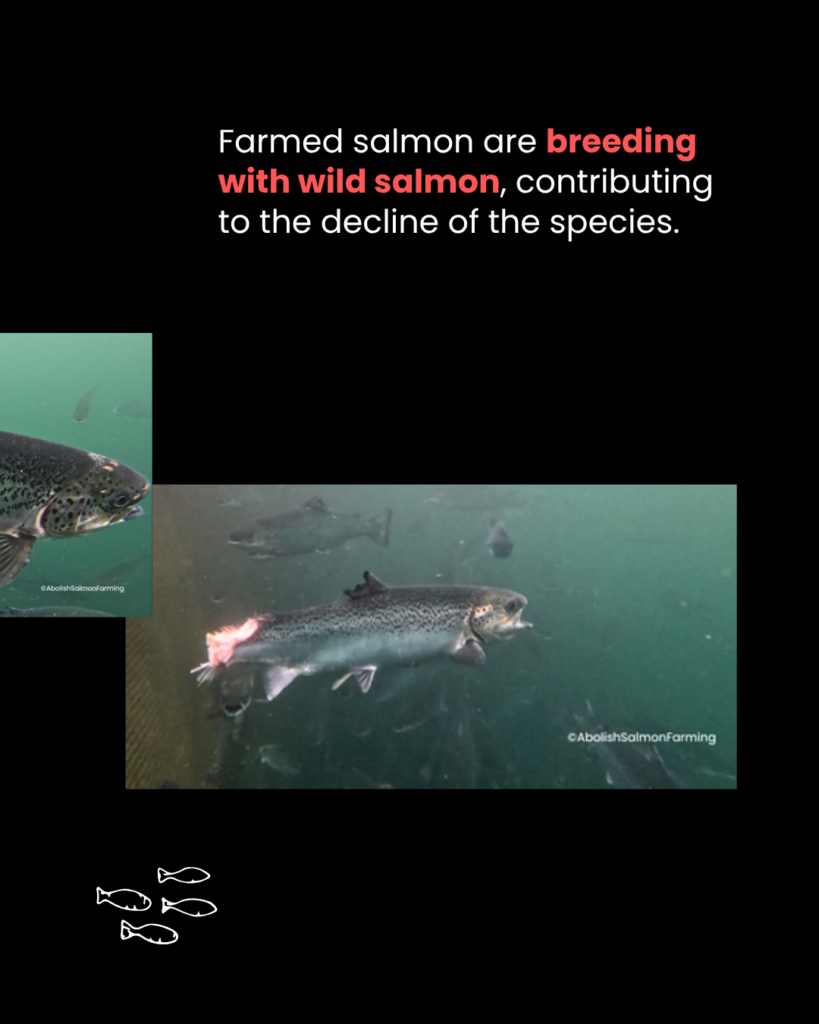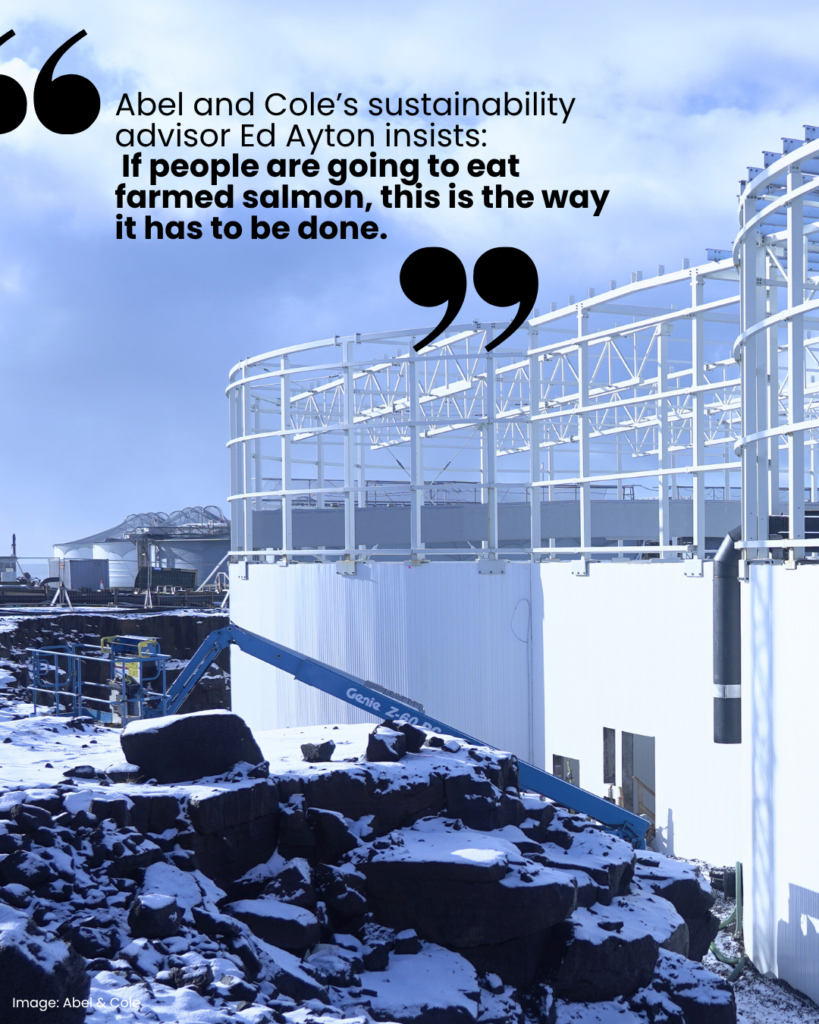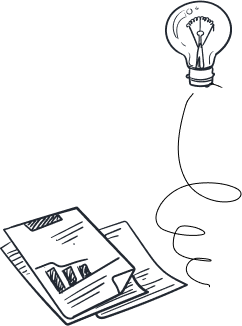Organic or not, sea-based salmon farming is highly destructive. With staggering mortality rates and significant environmental cost, farmed salmon falls far short of the fresh fillet of omega 3 we believe we’re feeding our families. So, what’s the answer?
Salmon, David Attenborough’s ‘King of Fish’, now also reigns as the nation’s most consumed fish, overtaking tuna in terms of popularity of what’s on our plates [1].
Farmed salmon, to be specific. Not that you would necessarily know that the salmon you are picking up on the supermarket shelf is farmed, since Scottish salmon companies won the right to drop the word ‘farmed’ from their packaging, last year [2].
Now packets say: “responsibly sourced”. But, that’s pretty irresponsible phrasing, because it’s becoming increasingly clear that salmon farming is devastating the marine environment the world over – polluting pristine ecosystems while mistreating the farmed fish and driving local salmon populations to extinction wherever they are located, including Scotland, Norway and Iceland [3].

Plus, it’s coming to light that organic salmon probably isn’t much better [4].
So much so that Abel & Cole have recently announced to customers they are stopping selling it, effective immediately, citing: “We can no longer support sea-farmed open-net salmon in any form.”
Abel & Cole’s sustainability advisor, Ed Ayton, says: “Organic is a great certification for soil, but it is not developed enough for aquaculture. Unfortunately, it has legitimised and continues to greenwash a very destructive way of producing food.”
So, what’s the truth about the rich pink fillets with delicate marbling that dominate plates across the UK?

The issue with organic salmon
I don’t doubt Sarah Compson, a director at the Soil Association, when she tells me: “Organic has the strictest standards in the UK.”
The issue is that ‘strictest’ doesn’t necessarily equate to ‘good’.
This is a conclusion the Soil Association themselves seem to have reached following an 18-month review, published last month, in which they have said they are seeking “substantial” reform in five key areas – mass mortality, veterinary treatments, welfare, sustainable feed, and environmental impact [5].
It looks increasingly possible they will remove certification from the salmon sector altogether, with the report stating: “We need to see clear action and progress within one year, otherwise we will begin the process of withdrawing from setting the standards to certify organic salmon.”
Interim director of charity WildFish Scotland, Andrew Graham-Stewart, insists: “Consumers are being conned by the organic farmed salmon label, there’s very little difference between conventional salmon and organic salmon.”
The campaigning group is currently in a legal battle with the Soil Association to get access to inspection reports for certified organic salmon farms [6]. WildFish’s own analysis of sea lice numbers and mortality rates, both indicators of how salmon are being produced, found almost no difference between organic and non-organic salmon farms [7].
WildFish solicitor Guy Linley-Adams, says: “It’s difficult to think of a food production method further removed from the founding principles of the Soil Association and it has always been one of the strangest decisions made, to get involved in such an appalling intensive food production system.”

‘Carnage’ on salmon farms: both conventional and organic
The risk with an article like this is that it makes readers think: ‘I knew organic wasn’t really any different (just more expensive)’. But, the most important takeaway from this article, is how destructive all sea-based salmon farming is.
Farmed salmon is now one of the UK’s most valuable food commodities with sales hitting more than £1.2 billion in 2023 [8] and the Soil Association certifies just 12 of more than 211 Scottish sites (owned by a handful of companies, making huge profits). Organic represents less than 10% of the market, and shouldn’t be a scapegoat for the wider issues of salmon farming.
That reality is, most farmed salmon is unlikely to be the fresh, healthy and ‘sustainably produced’ fillet of omega 3 we believe we’re feeding our families.
Farmed salmon are typically reared in open nets anchored near the coast in cooler seas, such as off the coast of Scotland, Norway and Iceland. From above, the farms look idyllic and consumers are sold an idea that the fish are growing in as natural conditions as possible – with the sea flowing through the pens providing currents for the salmon to swim against and washing away any uneaten food, waste and any chemical treatments.
However, the reality is that this is intensive farming, with potentially more than 100,000 salmon reared in pens that are 35m wide [9]. As such, the open net farms often act as breeding grounds for pests, such as sea lice, bacteria and viruses. It also means the salmon can fall prey to predators such as jellyfish [10].
Even on organic farms, salmon are now dying at staggering rates of more than 40% before they are harvested for food, with one organic farm reporting a production mortality of 86.8% in July 2024 [7]. This is partly due to warming seas and increasing parasites in recent years.
“Seas are already 2C warmer than they should be this year, if we have a warm summer then there will be carnage on salmon farms, to put it mildly,” predicts WildFish’s Graham-Stewart.

The wider environmental impacts of salmon farming
Salmon farming is also destroying the wider marine environment. The sea lice, bacteria and viruses flow through the open nets and have been proven to infect wild fish passing by.
Plus, waste from fish farms includes faeces and uneaten feed. This typically accumulates under the nets, feeding algae blooms and bacteria that cause a sudden drop in oxygen in the surrounding water, producing areas called ‘dead zones’, again proving harmful to marine life.
Even on organic farms, anti-sea lice pesticides chemicals such as deltamethrin are permitted, which are deadly to crustaceans and found to impact lobster larvae more than 30km away [11].
Then there’s the issue of feed. Salmon are carnivores and feeding them requires 60% of global fish oil and 23% of global fishmeal, while producing only 4.5% of global aquaculture yield – industrial fishing boats hoover up everything from dolphins to krill from as far away as West Africa and Antartica. This swallows up fish that used to be part of local fishing industries and feed local communities [12].
‘King of Fish’ under threat
Wild salmon populations are especially impacted by open-net salmon farms. Salmon are a keystone species for many ecosystems around the world. Their migrations are an incredibly important natural event, representing a huge flow of nutrients from sea to land as they swim up rivers, breed and die.
Over the past two decades, numbers of wild salmon in Scotland’s rivers have declined by 70%. Since the 1970s, global populations of wild Atlantic salmon have declined from 8-10 million to just three million today [13].
Farmed salmon have been bred to grow and fatten faster than their wild counterparts, and when they escape due to damage to pens caused by factors ranging from storms to predator attacks – which have been reported to be as much as 80,000 at a time [14] – they breed with wild salmon, weakening a gene pool which has evolved over an estimated six million years to enable them to migrate thousands of miles and swim up waterfalls.

Are land-based salmon farms the answer?
Land-based systems are essentially moving the giant salmon pens to land rather than in the sea.
“The problems with sea-based salmon farming are getting worse and organic salmon no longer feels like a better option,” says Ayton, who has been looking for alternatives for Abel & Cole’s customers since July last year.
Organic salmon was one of Abel & Cole’s most popular products, they sold 24 tonnes of organic farmed salmon across fresh fillets and smoked salmon with a sales value of £1.1m.
“We have to provide our customers with a viable alternative. Otherwise people will just buy farmed salmon elsewhere and we do nothing to solve the problem,” he adds.
As such, Abel & Cole have moved their supply to two land-based salmon farms in Iceland and Norway.
Ayton explains: “The farm in Iceland provides a sharp contrast to the images we often see coming from open-net farms. Every fish we saw in Iceland was in near-perfect condition, without any injuries or scars. Their skin was brightly coloured, eyes were clear and fins were full. The water quality was exceptional – so clear we could see lights at the bottom of the tank, through 5m of water and thousands of fish.”
He points to the fact that most of the negative impacts of salmon farming come from the open nets they’re reared in. With land-based farms being isolated from the sea, it means the risk of escapees, pests, waste and medications is nearly completely mitigated.
Ayton insists: “If people are going to eat farmed salmon, this is the way it has to be done.”
However, land-based salmon farming systems are incredibly energy intensive and require staggering amounts of water. Iceland has both renewable energy and clean water in abundance, so for now, it’s a pretty sustainable system. But, not all land-based systems have access to these natural resources to offer the potential of being a good alternative.
Plus, land-based salmon farming is in its infancy. It will be important to monitor the quality and welfare of the salmon and farms’ eco-credentials as operations grow. History teaches us that industrial farming – including sea salmon farming – tends to intensify as it scales. Understanding this pattern is important if we want to refrain from repeating past mistakes.
What are the alternatives to farmed salmon?
Another concern that land-based salmon farming cannot mitigate is the welfare of the salmon themselves. All salmon farms are intensive systems that restrict ‘the king of fish’ to only swimming in circles and from exhibiting their natural behaviours.
As such, for anyone who wants to avoid farmed salmon altogether, wild salmon is available from Abel & Cole and companies like Sole of Discretion, who are now selling wild smoked salmon.
Sole of Discretion generally encourages people to move away from farmed fish and eat wild fish, from both a public health point of view and with regards to damage to the marine environment. And when it comes to salmon, founder Caroline Bennett believes that Alaskan Wild Salmon is up there with the best of them.
Chalkstream trout and Artic char are other alternatives to try. In fact, there are more than 150 varieties of fish caught off the coast of Britain. Perhaps it’s time we explored a wider variety of what’s already being landed.
References, all accessed Wednesday 4 June 2025
[3] https://eu.patagonia.com/gb/en/iceland/
[7] https://wildfish.org/wp-content/uploads/2025/02/100225_The-Reality-Gap-Report.pdf
[10] https://www.theguardian.com/environment/2023/sep/16/sea-lice-jellyfish-farmed-scottish-salmon-supermarkets [one of many articles from various publications on this issue, dating back more than 14 years i.e. https://www.bbc.com/news/uk-scotland-12991536]
[11] https://www.sciencedirect.com/science/article/pii/S0269749120302451
[12] https://wildfish.org/latest-news/open-net-salmon-farming-the-latest-research/


